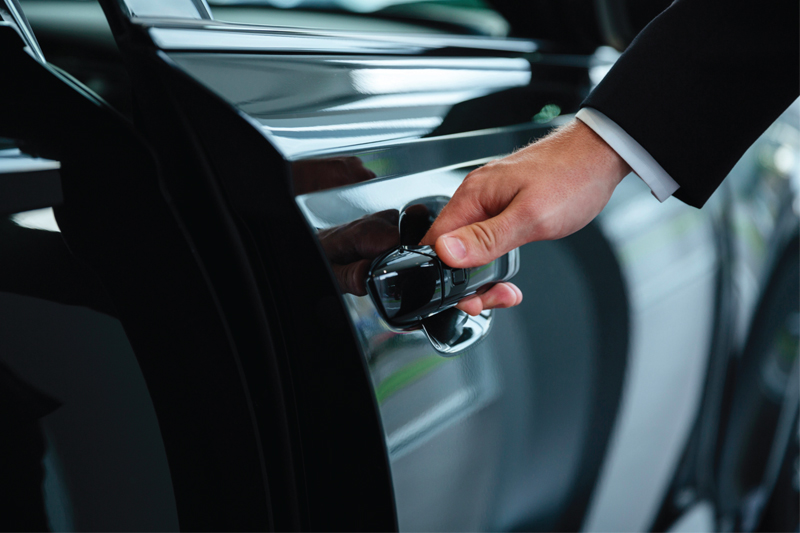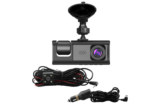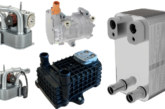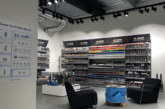Understanding why door lock actuators fail

In modern vehicles, the convenience of keyless entry systems has revolutionised the way drivers interact with their cars. With just a key fob in hand, the doors unlock automatically upon approach. Yet, lurking beneath this convenience lies a vulnerability, according to febi.
Door locks are responsible for locking doors after leaving a vehicle; actuators are the electronic mechanisms that physically engage the door locks.
With some vehicles, drivers only need to have the car key in their pocket – as soon as they approach the vehicle, the lock opens by itself via a signal being sent to the control unit. This forwards a signal to the door locks, unlocking them.
According to febi, failure occurs when the actuators malfunction, resulting in a door/boot that will not open – why? Because constant usage of a car door – opening and closing, locking and unlocking – makes the door lock mechanism prone to wear. Corrosion and electrical failure of the actuator, switches or the circuit board are all potential issues.
febi’s solution is the febiPLUS door lock, which includes an “innovative feature”: the metal parts of the door lock are treated with zinc-nickel alloy for anti-corrosion protection. During production, each part of the door lock functionality is tested to “ensure quality and a long operational lifespan” of the lock system.
With over 80 articles on offer, febi provides the aftermarket with an ample range of door lock actuators which cover some of the most popular models in Europe. It also provides repair solutions that are typically only available from the VM or associated original supplier.
Range: Covering some of the most popular models in Europe, febi provides 88 door lock actuators and continuously adds new products into its range.
Quality: febi has a ‘100% function’ test, used to guarantee the correct function of its products. Each febi door lock features metal parts that are treated with zincnickel alloy for anti-corrosion protection, high-quality thermoplastic polyester elastomer for better flexibility of moving parts, and abrasive resistance and noise control. The door lock actuators, micro-switches and circuit boards are sealed and protected for the safety and stability of operation.
Technology: Each part of the door lock functionality is tested thoroughly: both the internal and external switches, the child-safety lock and super-lock, and the drawback lock and key cylinder. These tests help to “ensure quality and a long operational lifespan” of the lock system.
Unique: febi’s range provides an aftermarket repair solution for door locks typically only supplied by the OEM.








